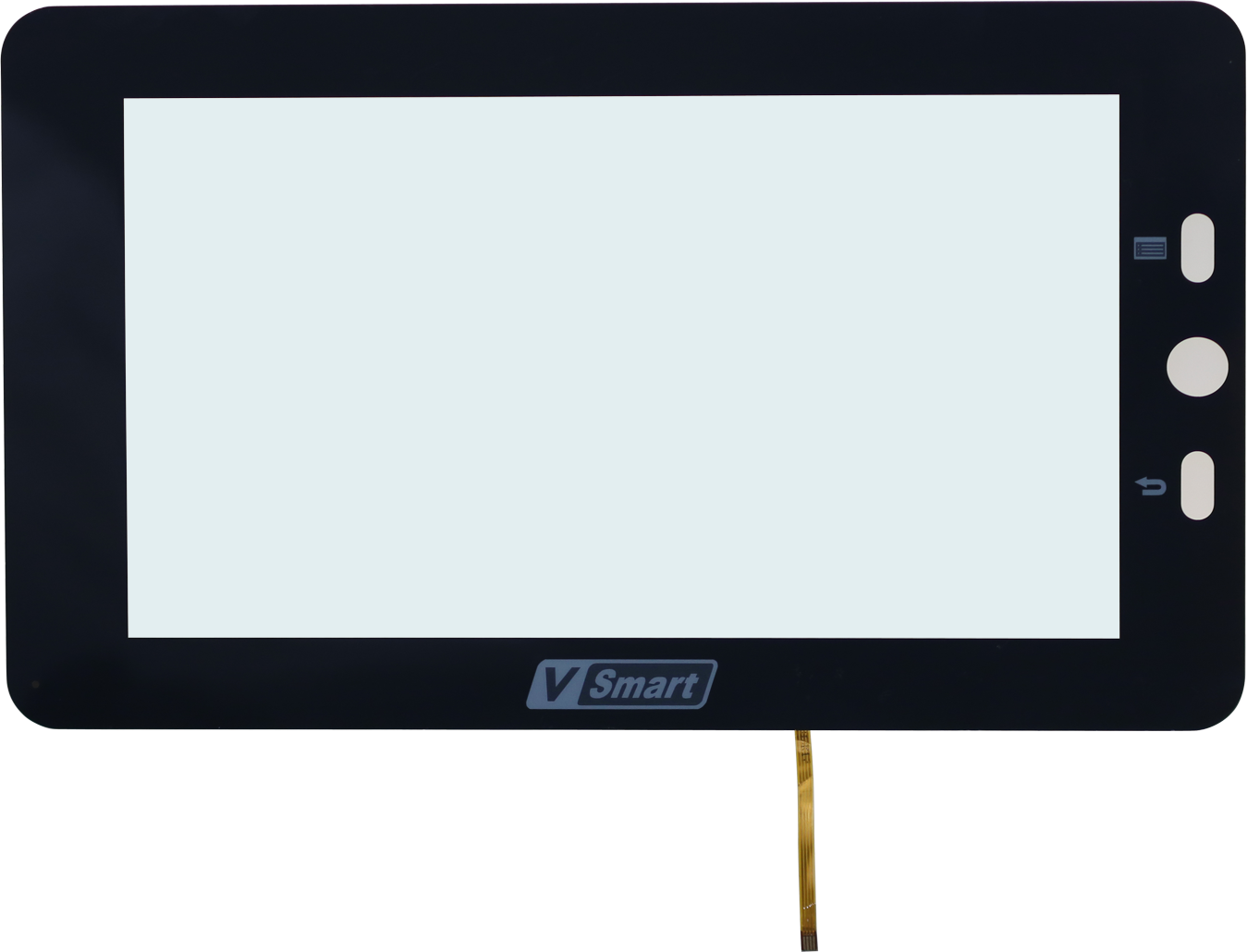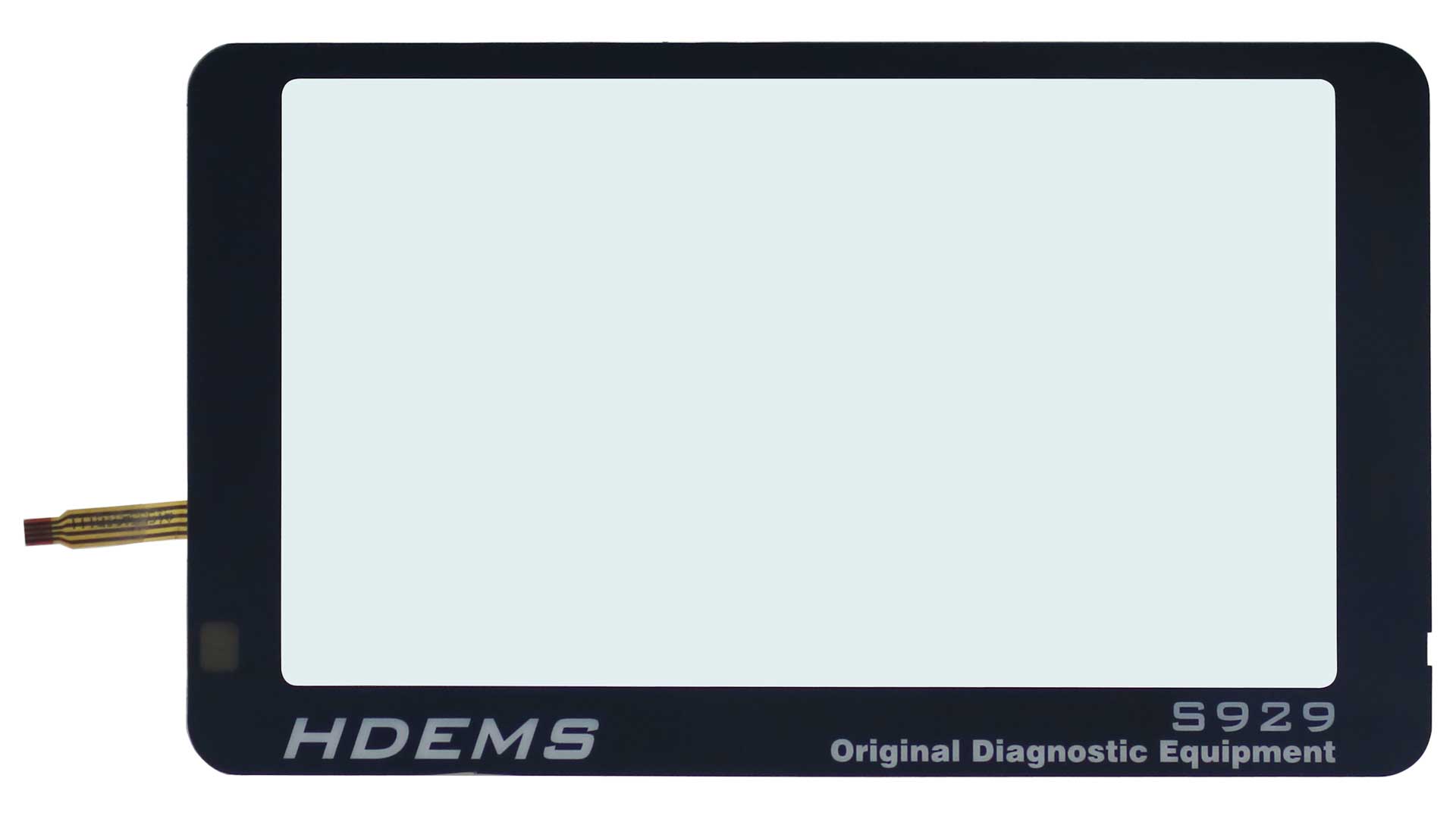What is 3-Layer Resistive Touch Screen?
Welcome to our guide on 3-layer resistive touch screens. In the following lines, we’ll explore the technology behind it, its features, advantages, and disadvantages.
Dr Pan: Welcome to DISPLAY Museum. I am Dr Pan, the curator of Museum.
Greg: Hello, Dr Pan. I am Greg. I came here to learn about 3-layer resistive touch screen.
Dr Pan: Hello, Greg. There are two types of 3-layer resistive touch screens.
Option 1, the second and third layers are functional layers and the touch function can be achieved by them; the top layer is the decorated layer and the silk-screen is painted on it.
Actually, there are 7 layers in the 3-layer resistive touch screen.
The 3 layers(decorated layer, two functional layers) are the main structure.
From top to bottom, decorated layer, OCA, ITO bear layer1, ITO layer1, double sided tape, ITO layer2 and ITO bear layer2.
It looks good because of the silk-screen, although it gets a bad influence on touch experience and light transmittance.
Option 2, the first and second layers are functional layers; the bottom layer is the supporting layer and it can increase the strength of the whole entire panel. There are also 7 layers in this 3-layer resistive touch screen.
3 layers( two functional layers and supporting layer) are the main structure.
From top to bottom, ITO bear layer1, ITO layer1, double sided tape, ITO layer2, ITO bear layer2, OCA and supporting layer.
It is usually used on the products which have high strength requirements.
Greg: Thank you, Dr Pan. Now I got it.
Dr Pan: Welcome to contact us if you have any question.


